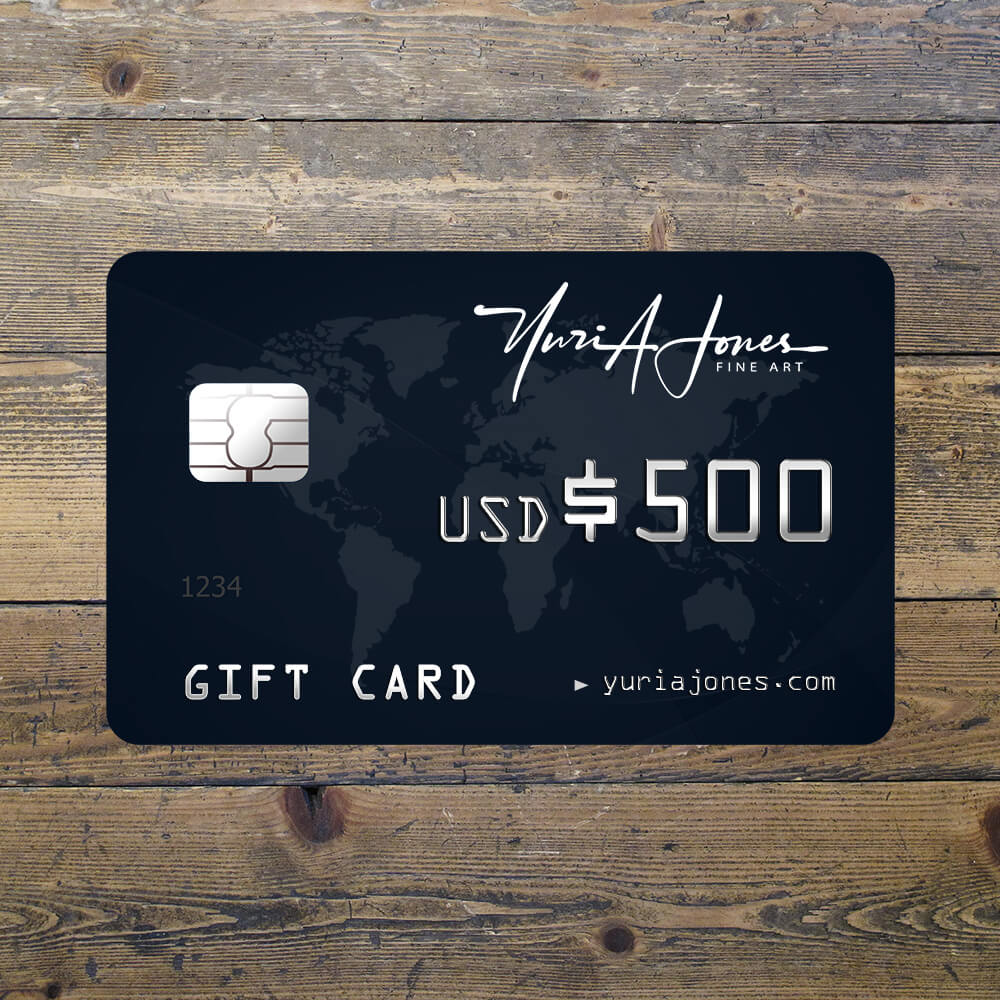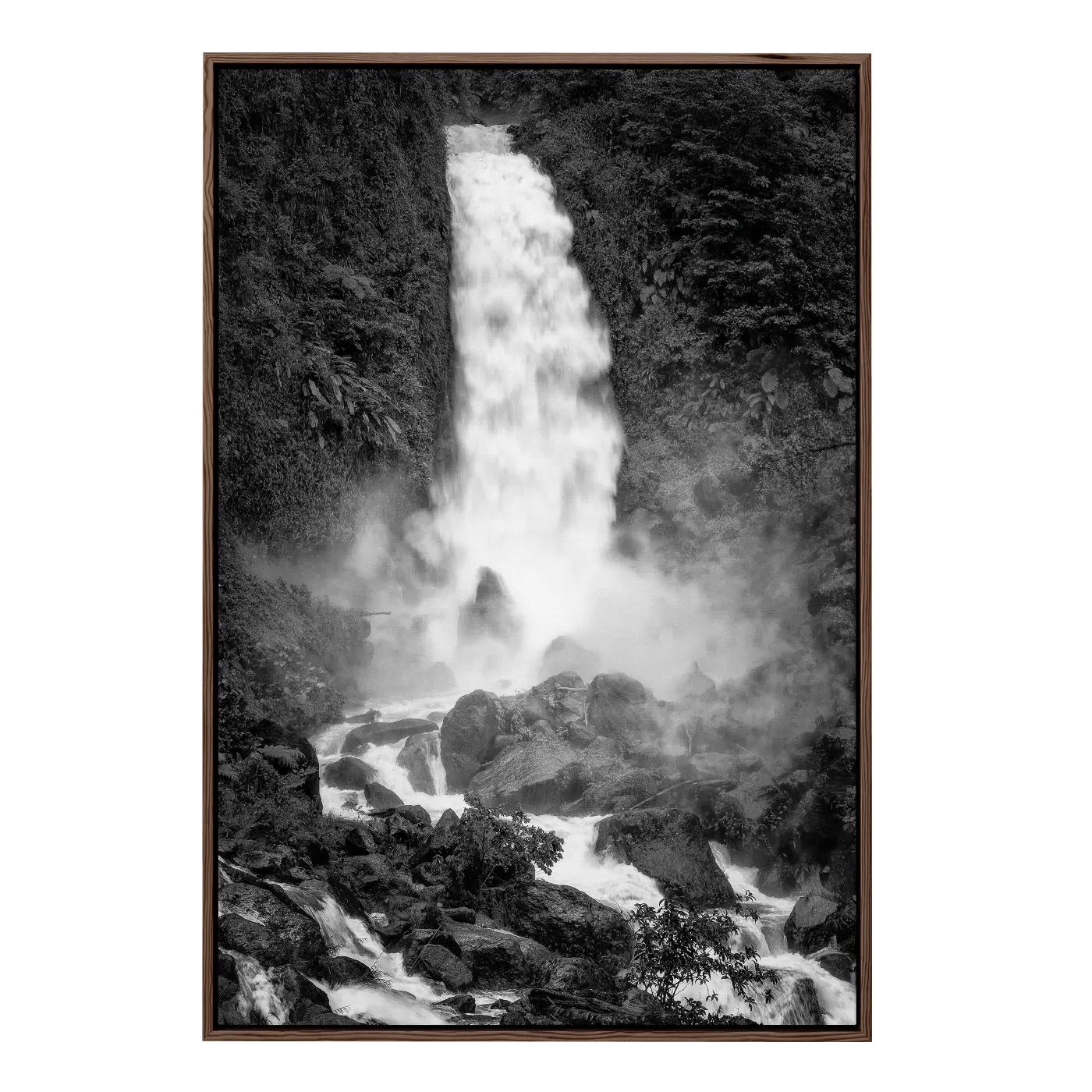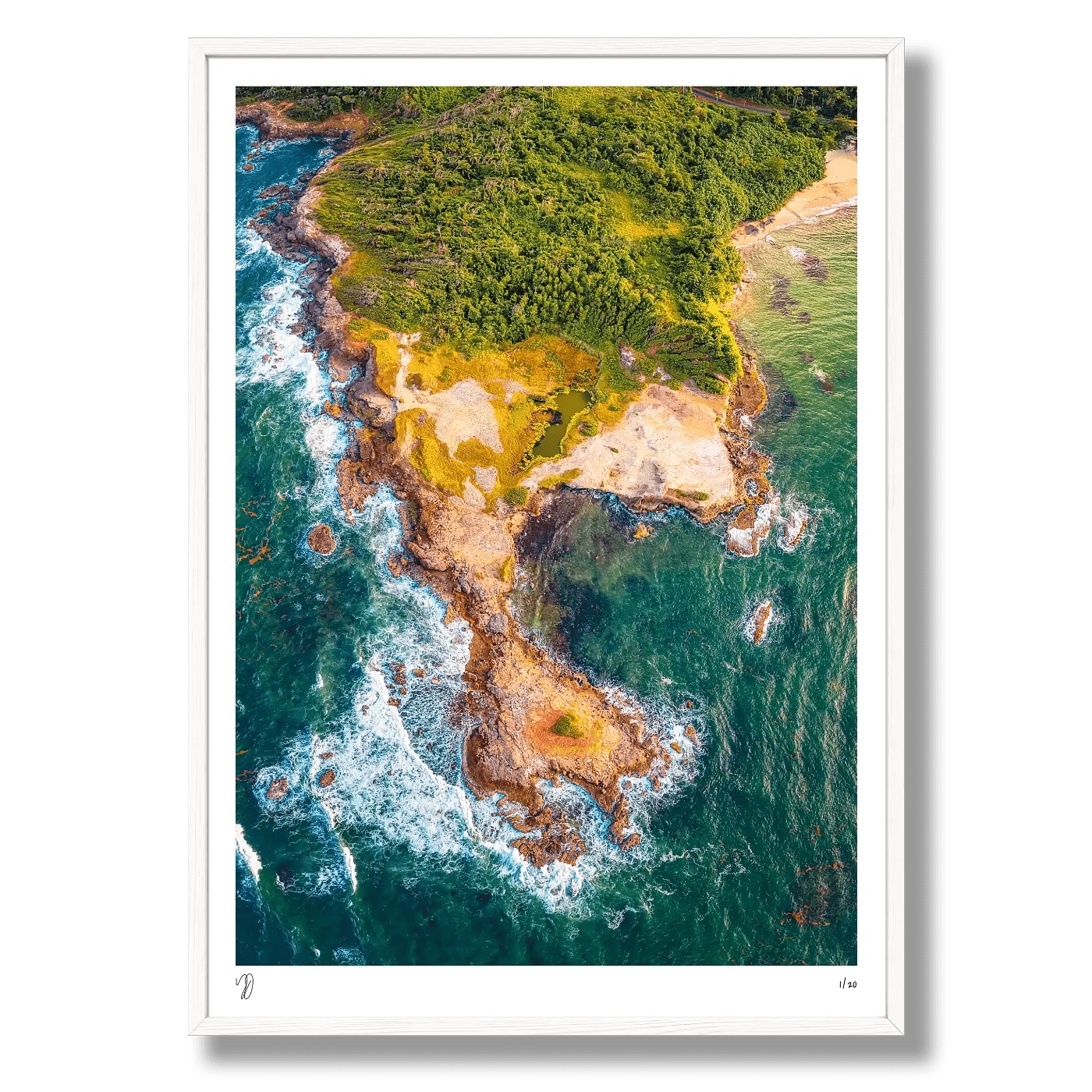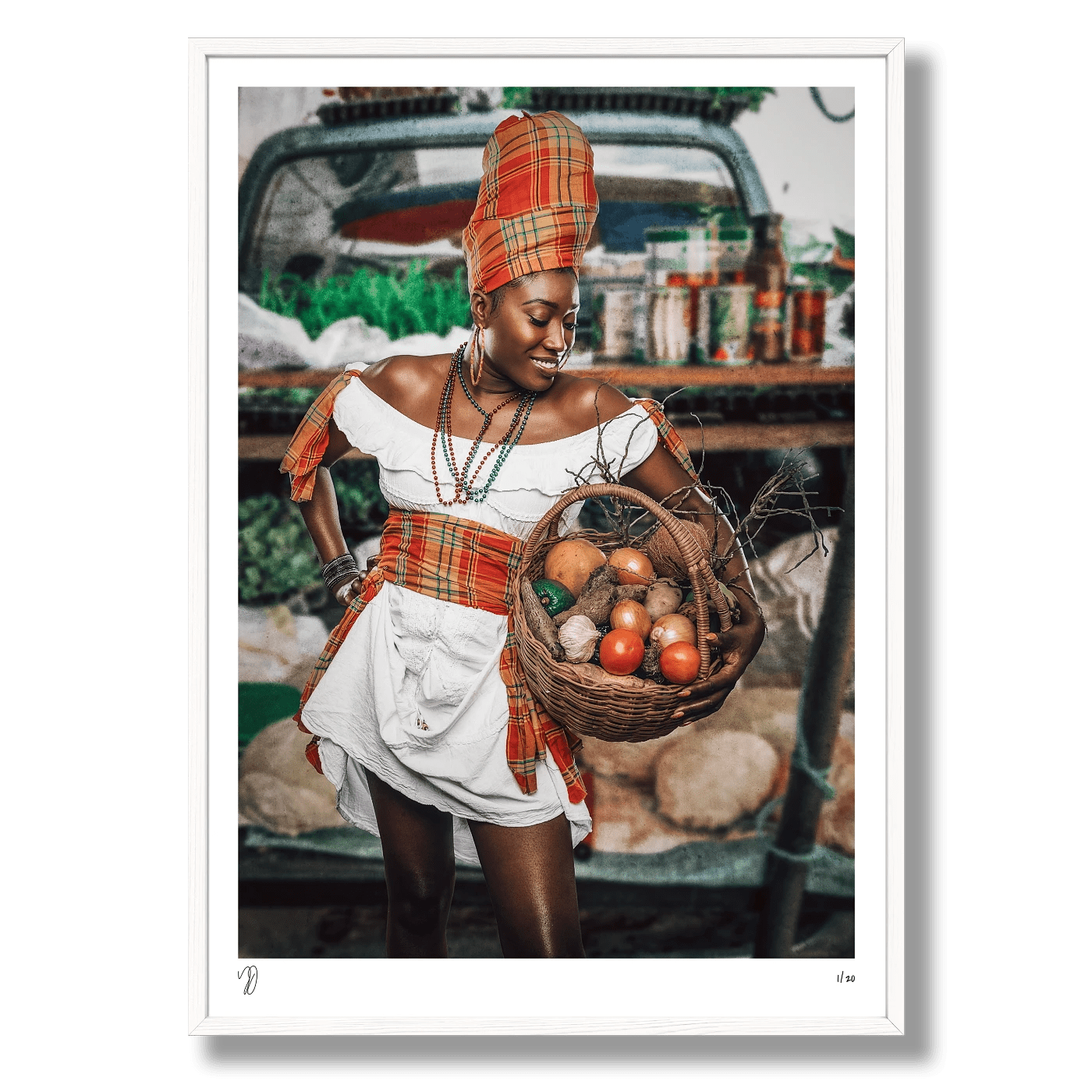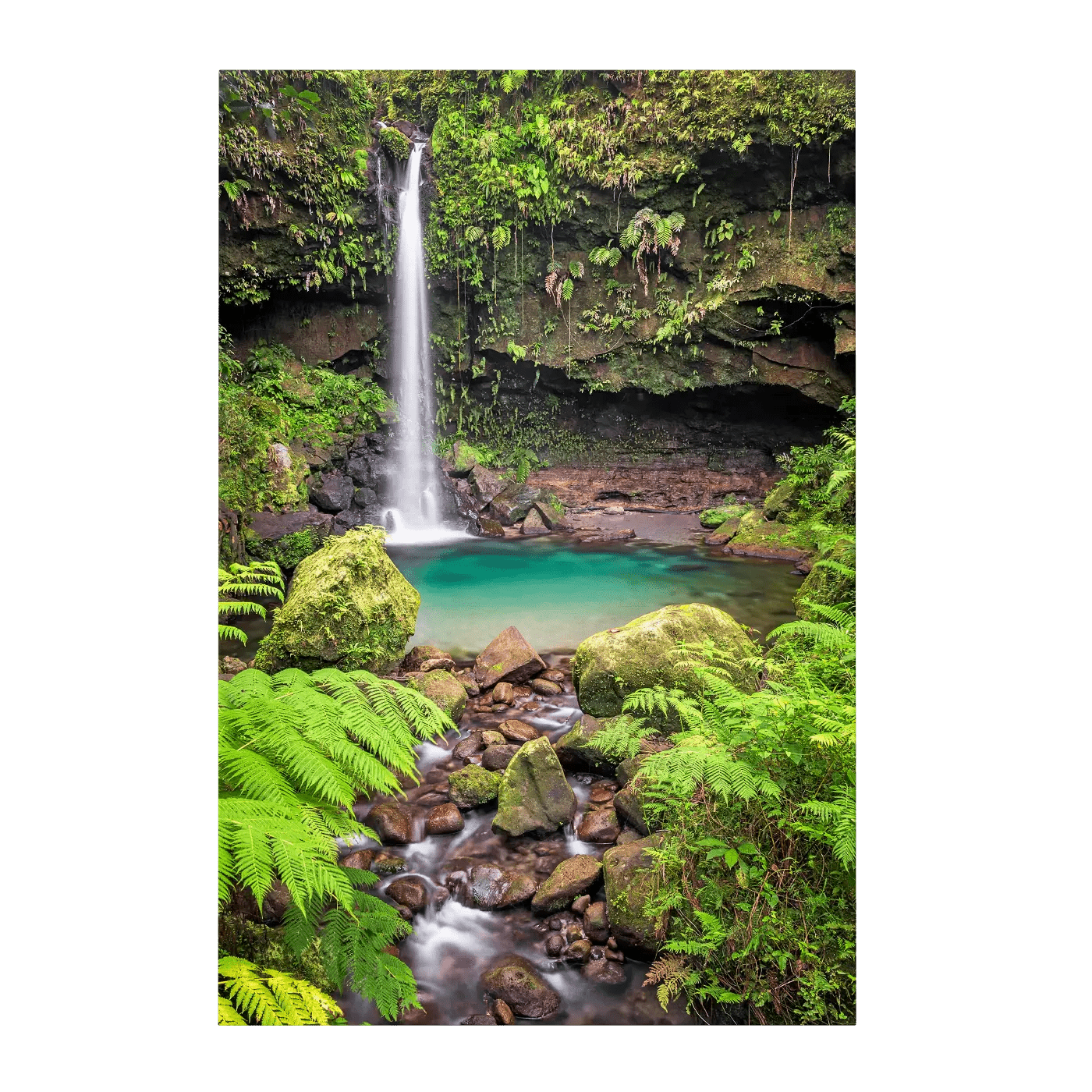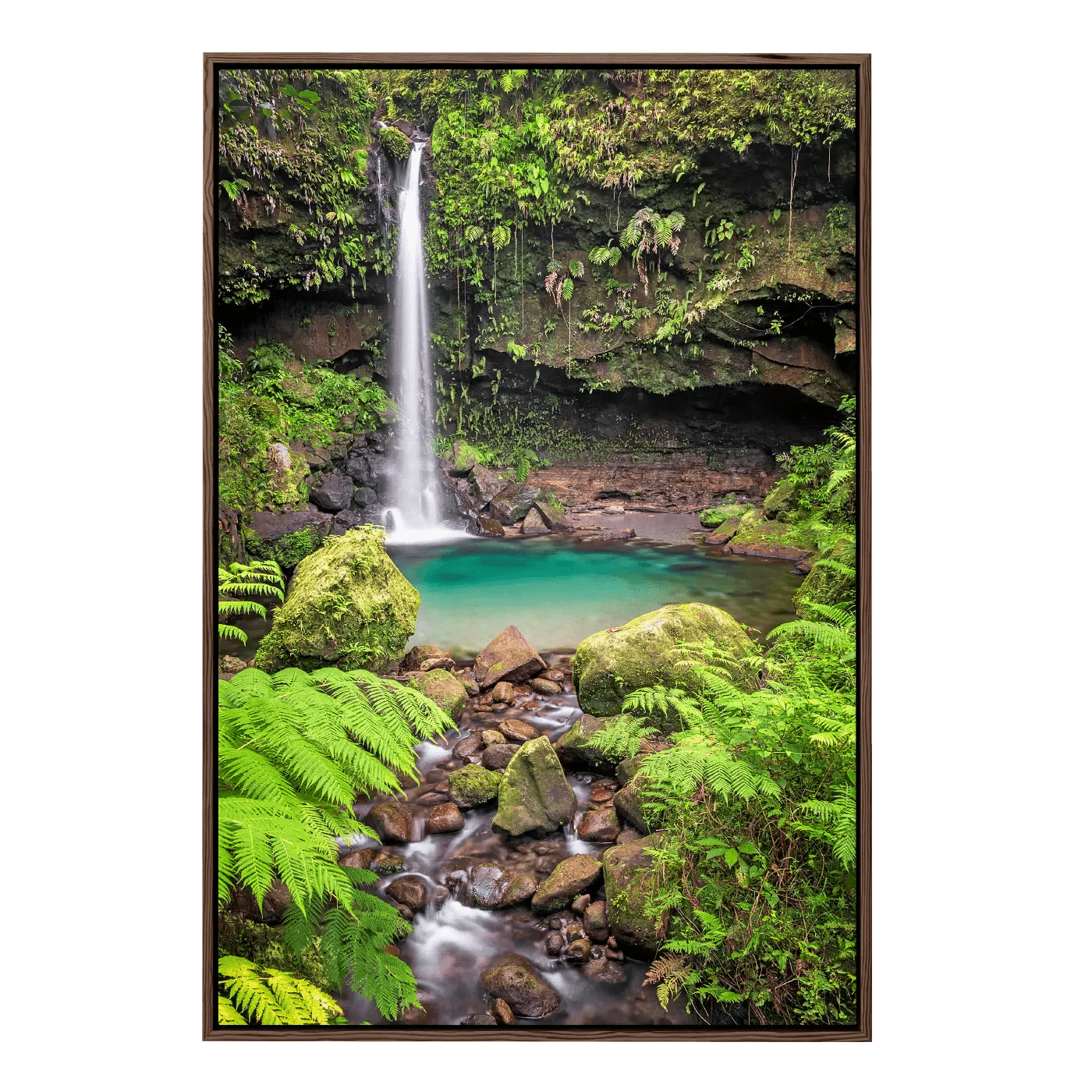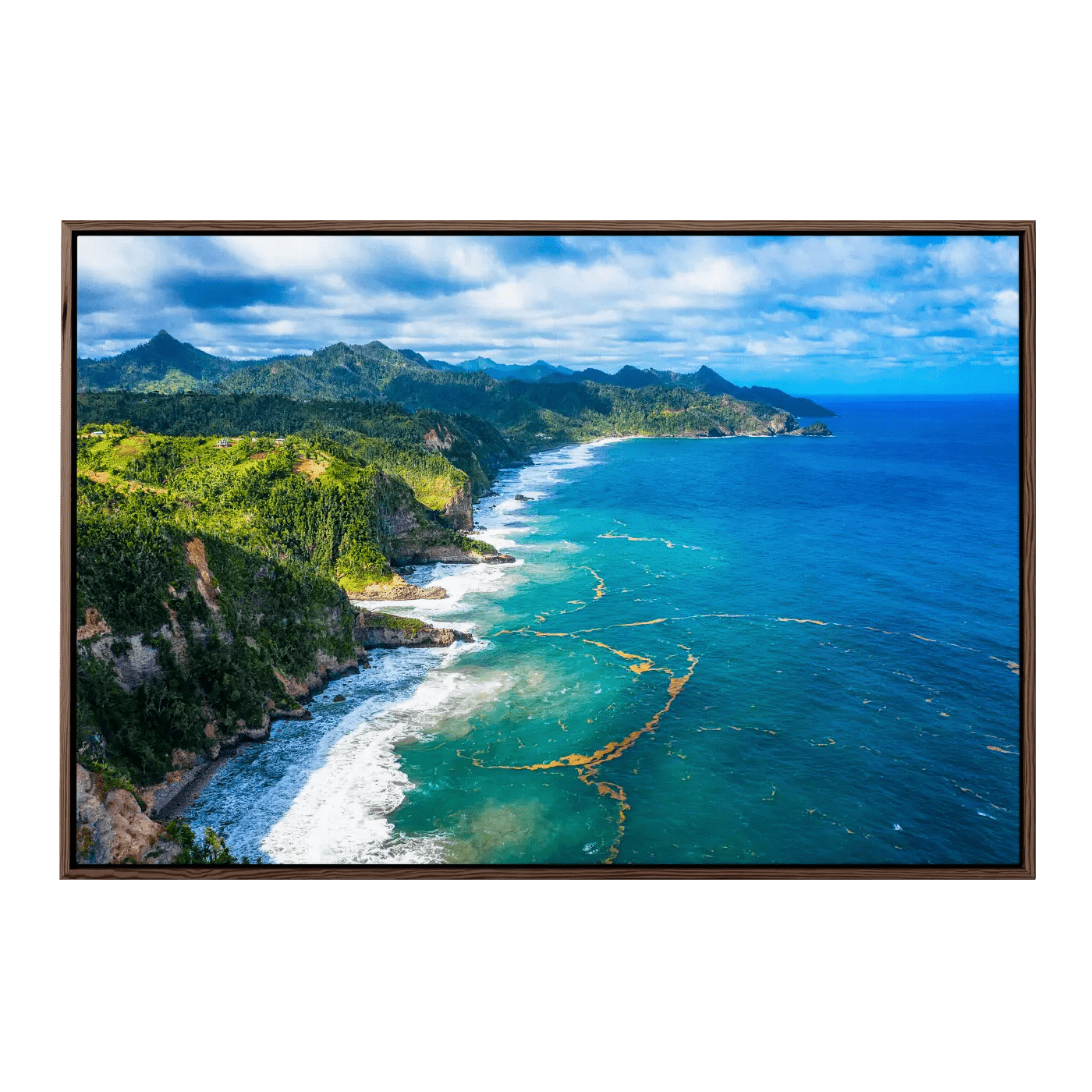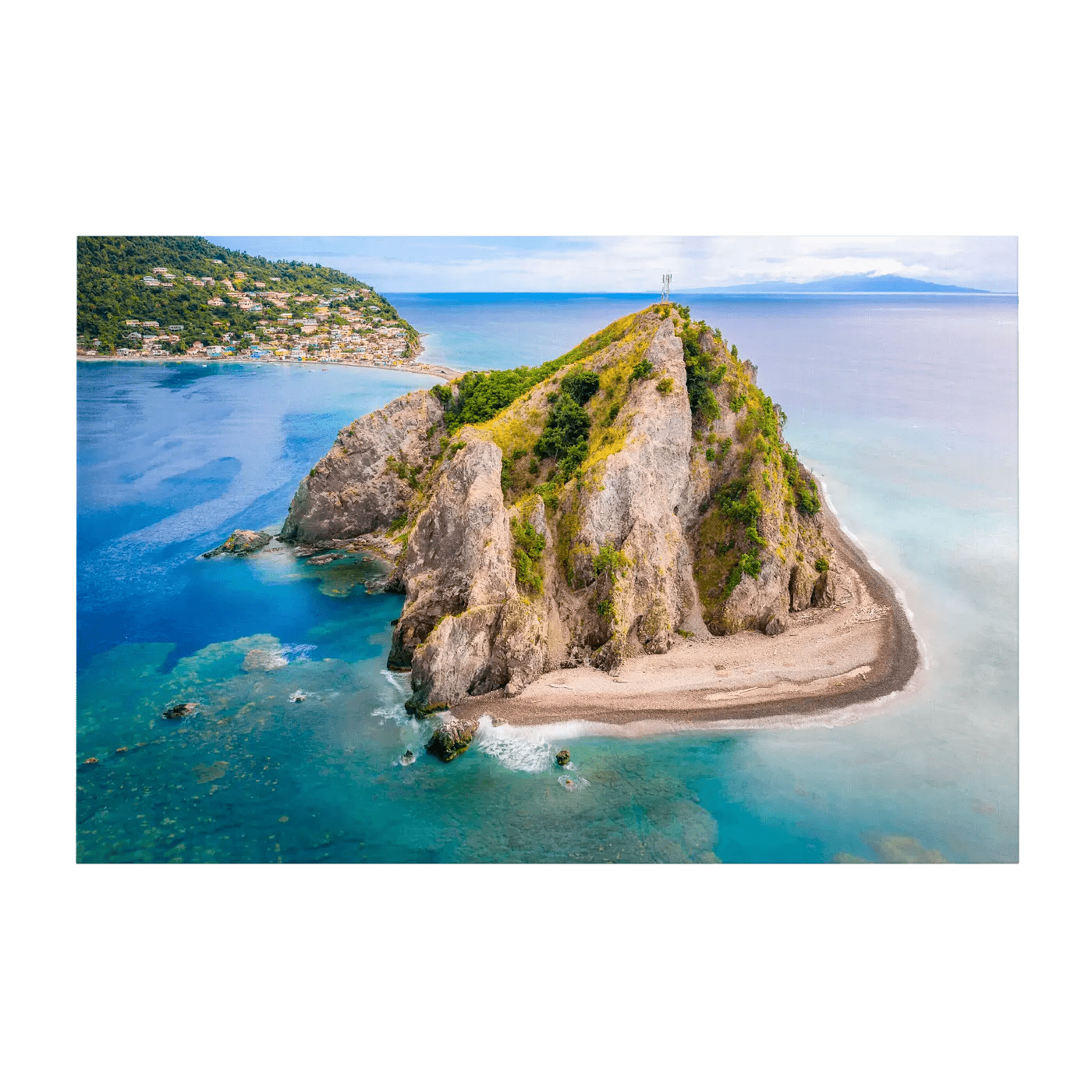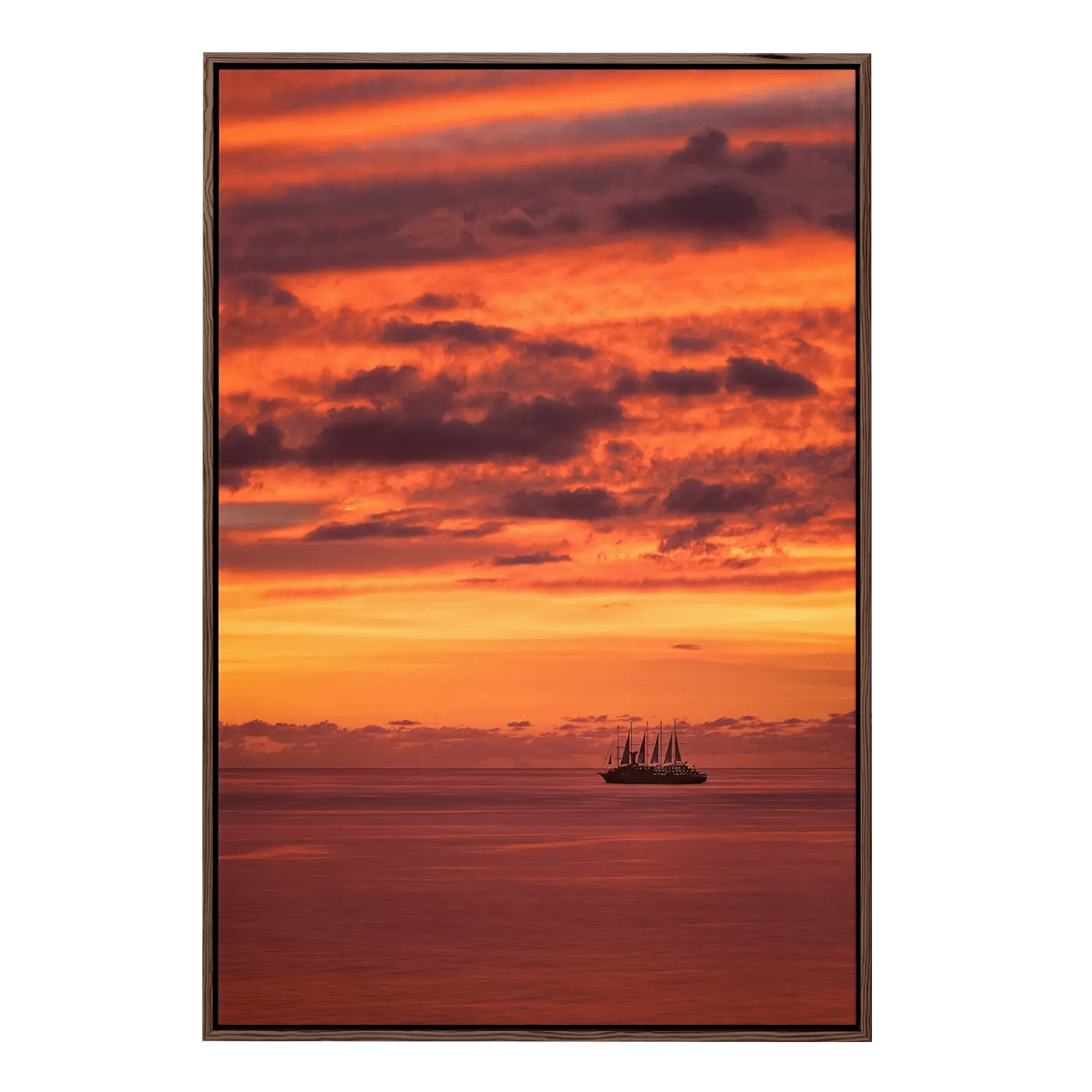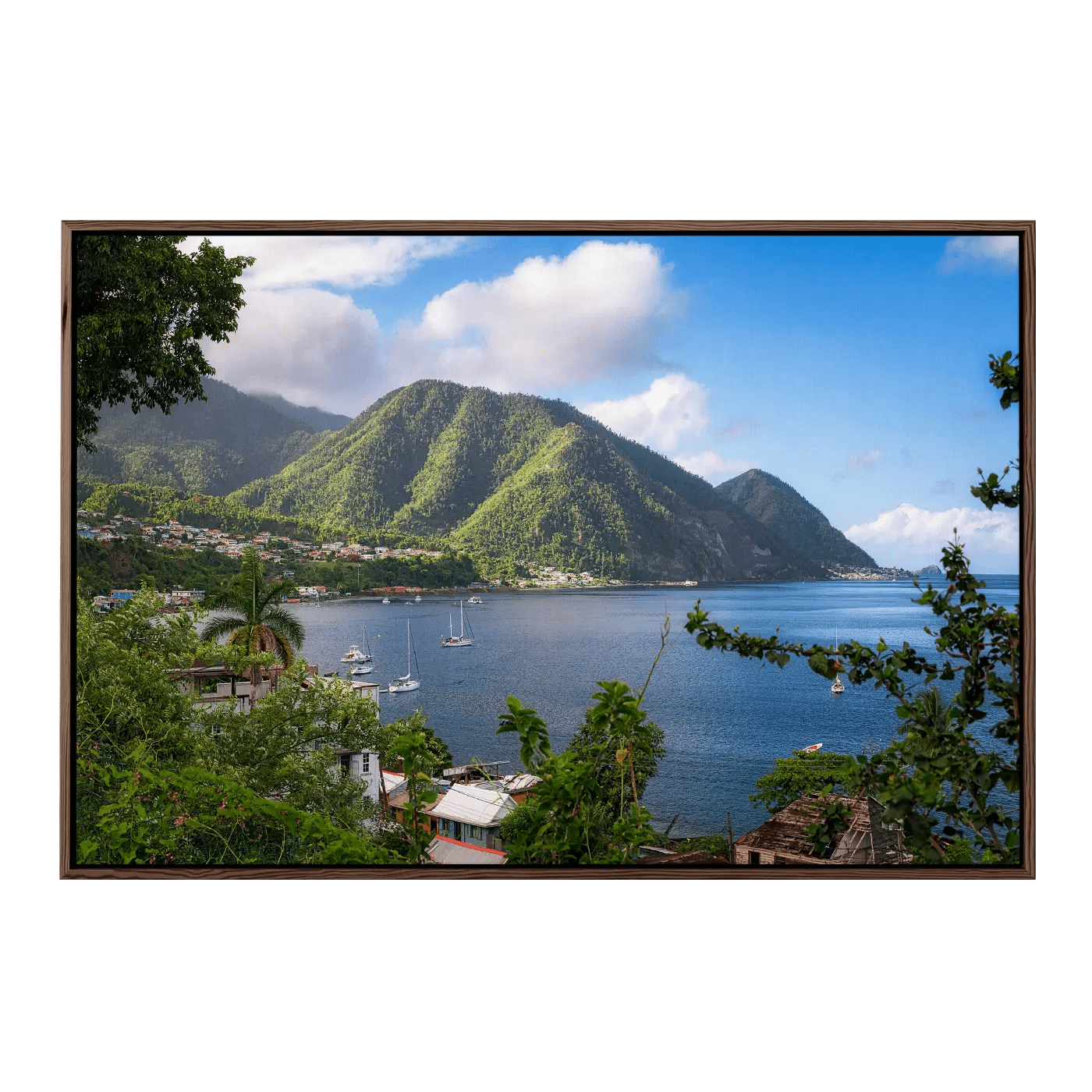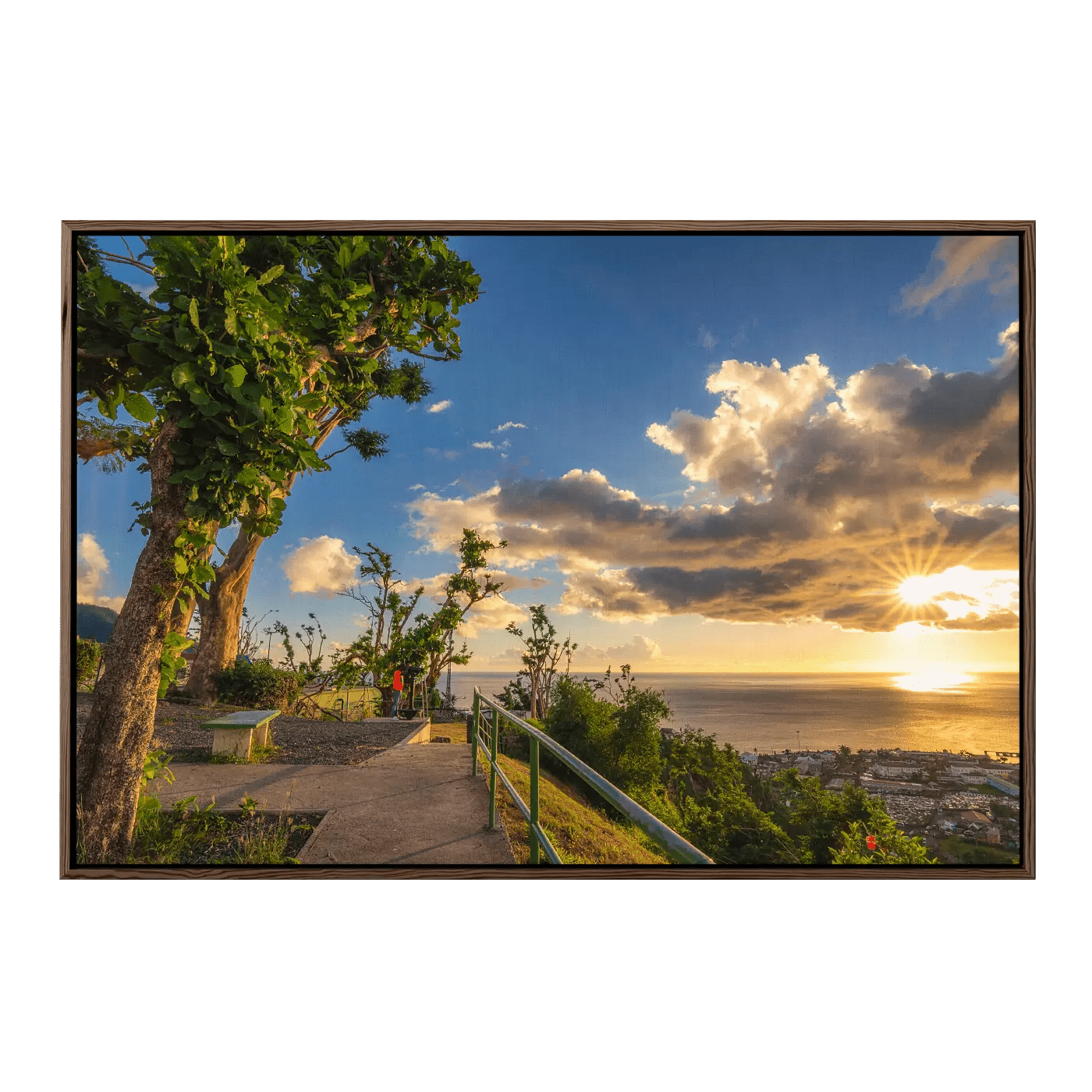Are you new to collecting art? Does the jargon confuse you? One of the most common questions we come across is: "what's the difference between limited edition and open edition prints?"
In this guide we will breakdown the most important differences between these two print categories, and we hope this article aids your future buying decisions. We'll explore the topic based on a few simple factors:
- Quality
- Quantity
- Price
Quality
Both Limited Edition and Open Edition prints are produced using high quality materials. Limited edition prints, however, usually receive more attention to detail. Additionally, the story of the image and a certificate of authenticity are signed and placed with the artwork when shipped.
Take our prints for example. The Open Edition prints are produced on museum-grade canvas with fade-resistant inks. But our Limited Edition prints are printed on world-renowned fine art papers such as Epson Semi Gloss, Canson Baryta and Hahnemühle Photorag.
We choose the paper for each Limited Edition series based on the characteristics specific to the images in the collection such as saturation, contrast, narrative, etc.
In fact, our Limited Edition prints may outlive you! The handpicked archival papers are all rated to last for at least 80 years. Our Open Edition prints have an estimated lifespan of 50 years if kept in the right conditions, but since these prints are exposed (unlike the Limited Editions which are under glass), they require regular dusting and maintenance.

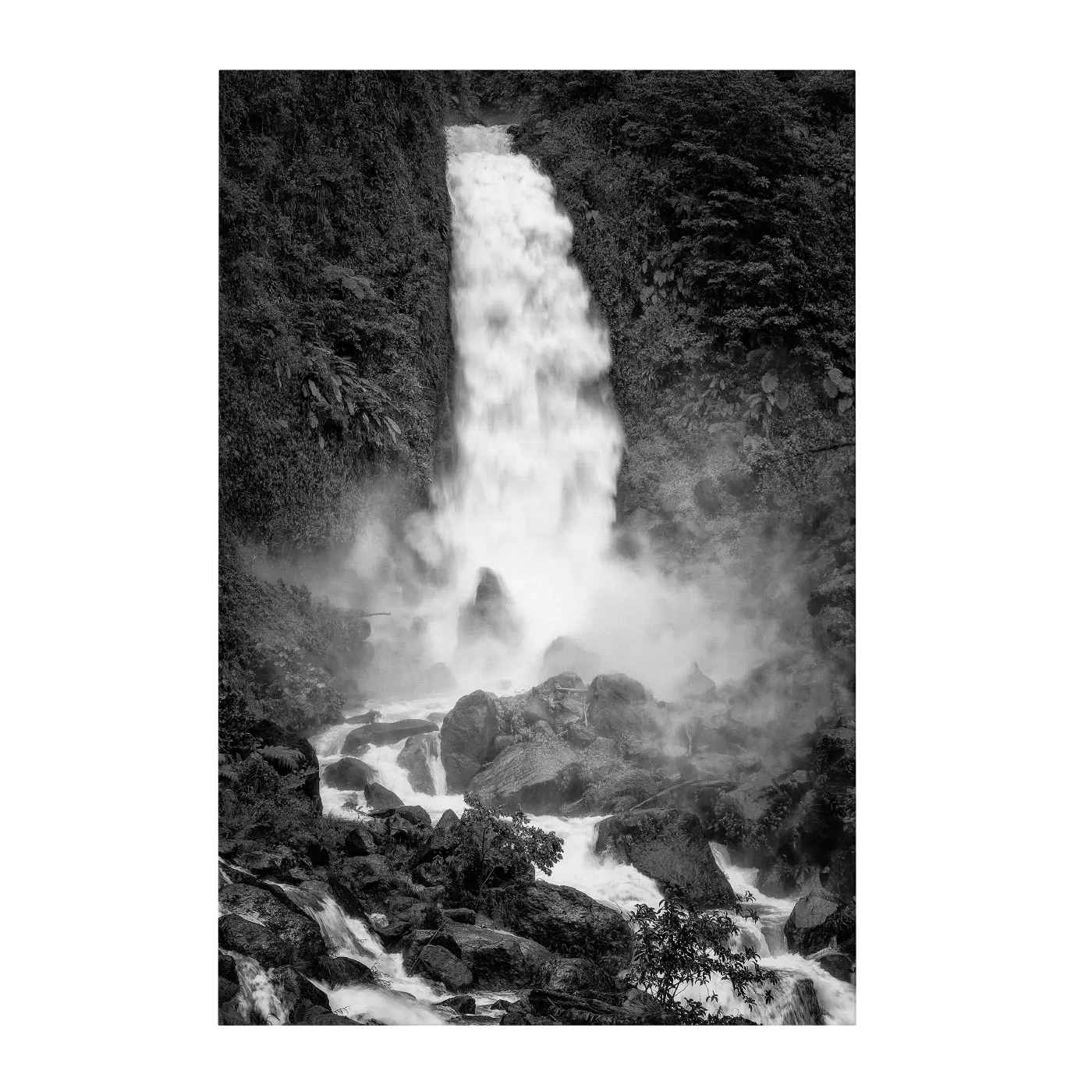

Number of Prints
Limited Edition prints are usually original artworks that an artist develops in a specific print medium. There is always a limited number of prints available of this particular artwork for purchase, referred to as the edition size.
On the other hand, Open Edition prints are a selection of artworks that can be repeatedly reproduced. Most open edition prints allow for an unlimited number of the same artwork for purchase, on various mediums and in several different sizes.
Additionally, images included in an Open Edition print collection may also be used on memorabilia (coasters or postcards), home décor (throw pillows or blankets) and clothing. This would be an absolutely no-no for Limited Edition images.

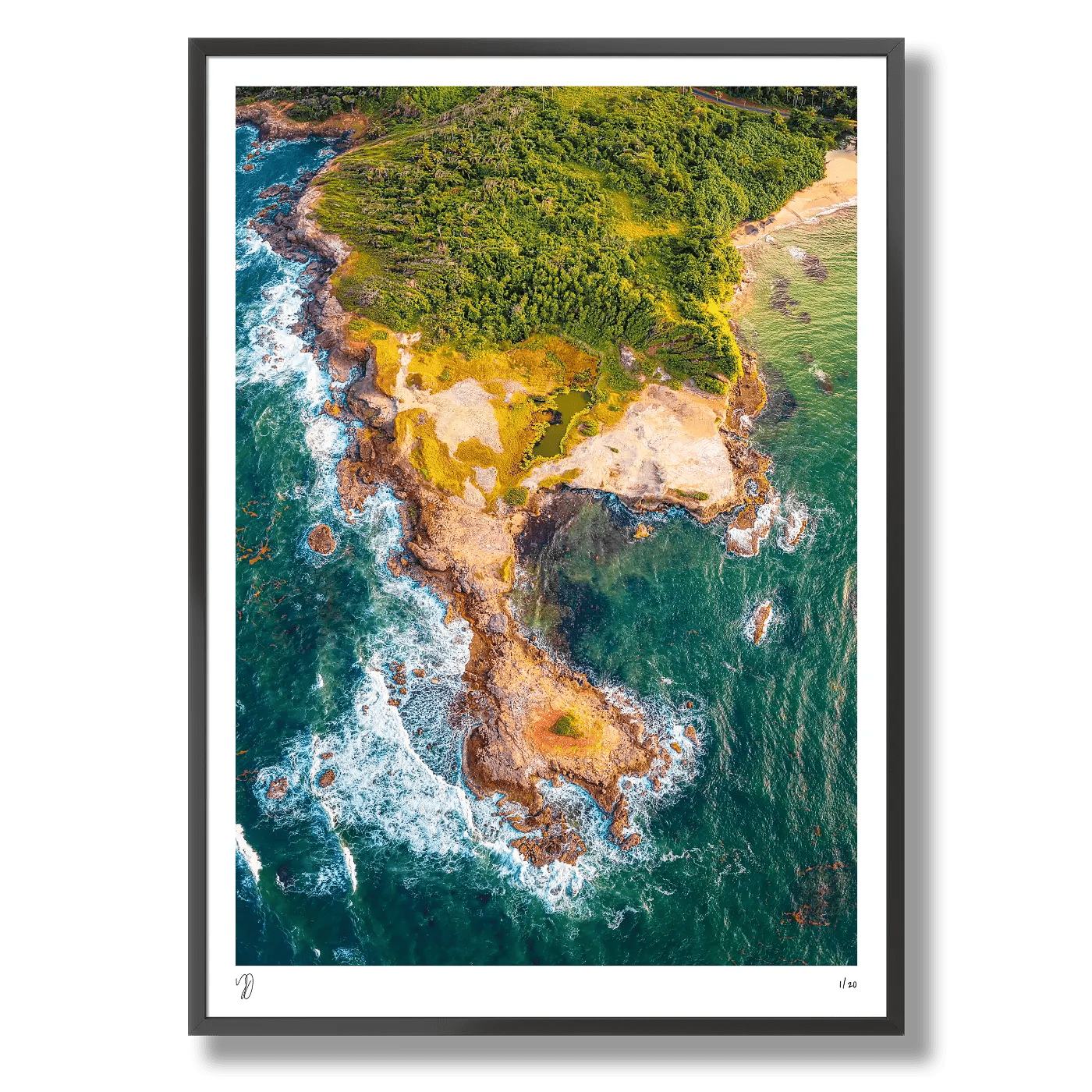

Price of Fine Art
The non-exclusive nature of Open Edition prints makes them less scarce and easier to locate. They may be available online, at large retailers, second-hand stores, or gift stores where they typically cost between $80 and $500 a piece, depending on various factors such as size and finishing.
Limited Edition prints on the other hand will cost substantially more ranging anything from $500 to $5000 and beyond. They are obtainable from only collectors, specific art galleries, estate sales, auction houses, art dealers and of course from the artist themselves.
At the time of writing, our Open Edition and Limited Edition prints are only available on our website, but the latter comes signed and numbered, with a certificate of authenticity to establish provenance.
In summary
Deciding between open and limited-edition prints can be a daunting task, particularly for those just starting their collection journey. However, several factors can help you make an informed decision:
- Open Edition prints provide a lovely opportunity to enjoy art at a budget-friendly price, though they typically don't appreciate in value. On the other hand, Limited Edition prints are often viewed as a beneficial investment that might grow in value as time goes by.
- Limited Edition prints give you a sense of ownership and uniqueness that open versions just can't match. You should choose a Limited Edition if you want to be unique and consider yourself a Collector.
- Your long-term aspirations can serve as a compass for your decision-making. For those looking to create a collection that retains or increases in value, Limited Editions represent a savvy investment choice. Yet, if you're enhancing a space or just appreciate the craft, Open Editions might just be the perfect fit.




